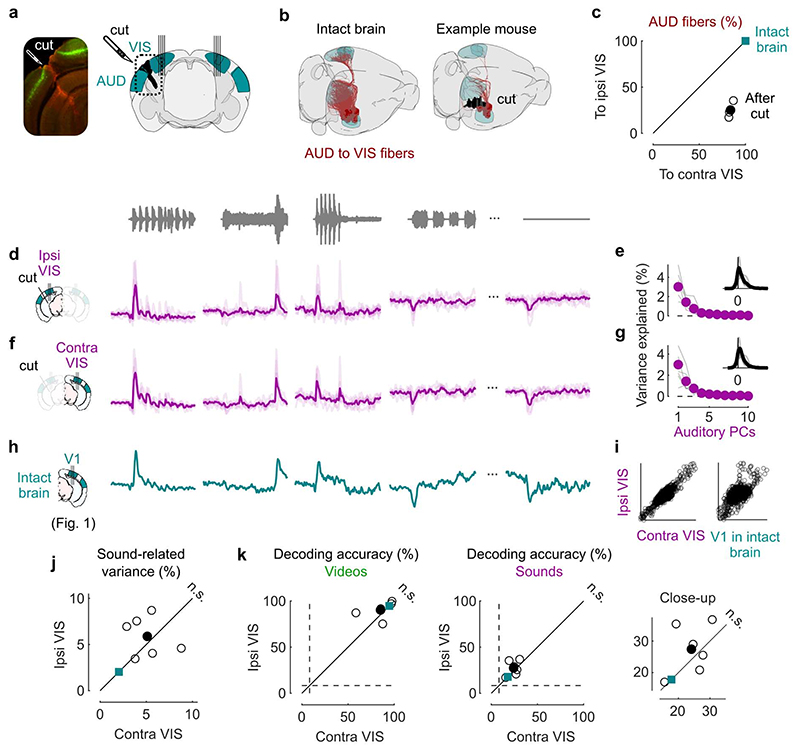Fig. 3. Sound responses in visual cortex are not due to inputs from auditory cortex.
a. Coronal views of a transectomy cutting the connections between auditory (AUD) and visual (VIS) cortex in one hemisphere, showing histology (left) and reconstruction of the cut (right). After the cut, bilateral recordings are performed in visual cortex. b. 3D visualizations showing AUD to VIS fibers (red) in an intact brain (top) vs. after the cut (bottom) in an example mouse. c. Auditory input to the sides contralateral vs. ipsilateral to the cut for all 3 mice (open dots) and their average (filled dot), normalized by the input expected in intact brains (turquoise dot). d. Time courses of the first principal component of the sound-related responses (‘auditory PC1’) on the side ipsilateral to the cut (average over all mice). Thin curves lines show individual mice. e. Fraction of total variance explained by auditory PCs on the side ipsilateral to the cut; inset: distribution of the weights of auditory PC1 for all mice. f,g. Same as d,e for the side contralateral to the cut. h. Time courses of the auditory PC1 in visual cortex of intact, control mice (from Fig. 1) for comparison. i. Comparison of the auditory PC1 from the sides contralateral and ipsilateral to the cut (left, from d vs. f) and from V1 (right, taken from b vs. Fig. 1); all arbitrary units. j. Sound-related variance explained by the first 4 auditory PCs on the ipsi- vs. contra-lateral side, showing individual sessions (open dots), their average (black dot), and the average across control mice (turquoise dot) (two-sided paired Wilcoxon sign rank test, n = 6 sessions across 3 mice). k. Decoding accuracy for videos (left) and sounds (middle and right, showing close-up) (two-sided paired Wilcoxon sign rank test, n = 6 sessions across 3 mice). Symbols as in j.

